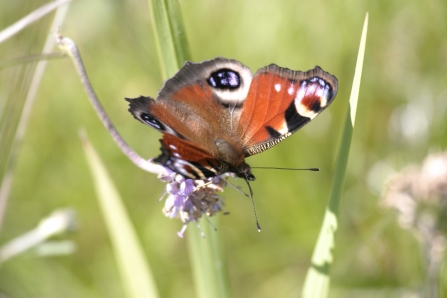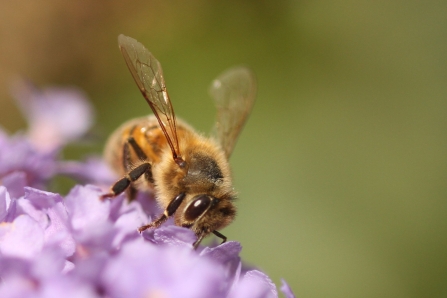Regular watering missions to the allotment can feel a bit of a chore, but each one often turns out to be a journey of discovery.
Visiting the plot in the morning often reveals a variety of insects that have touched down for a few hours, whether it’s the bees and hoverflies buzzing around the borage or the ladybirds – and their Johnny-come-lately relatives the harlequins – which produce larvae that feed on aphids. Hopefully they’ll make short work of the blackfly infestations on the nasturtiums, which we grow as companion plants to attract pests away from crops such as broad beans.
Another new arrival is the tiger-like caterpillar of the cinnabar moth, which stands out with its orange and black stripes. Eventually they will emerge as adults with their eye-catching red and black wings. The cinnabar moth is usually associated with ragwort, a poisonous plant with vibrant yellow daisy-like flowers, but on my allotment it’s also making short work of any groundsel I’ve neglected to pull up, not such a surprise considering both are species of the senecio family.
One insect I’m yet to see on the allotment is the dock beetle, although I was fortunate to visit a farm in Taunton that had large numbers of them. This jewel of a bug, with its shiny green-gold shell, produces larvae that feast on docks and sorrel, reducing its leaves to their ribs. Keep an eye on rhubarb plants, as dock beetles are partial to them too!
Bountiful butterflies
The warm and dry weather has produced the best display of butterflies that I’ve seen for many years, whether it’s the distinctive peacock (pictured below) or painted lady, or the not quite so welcome large white, the caterpillars of which delight in chomping on my kale, cabbages and cauliflowers.


